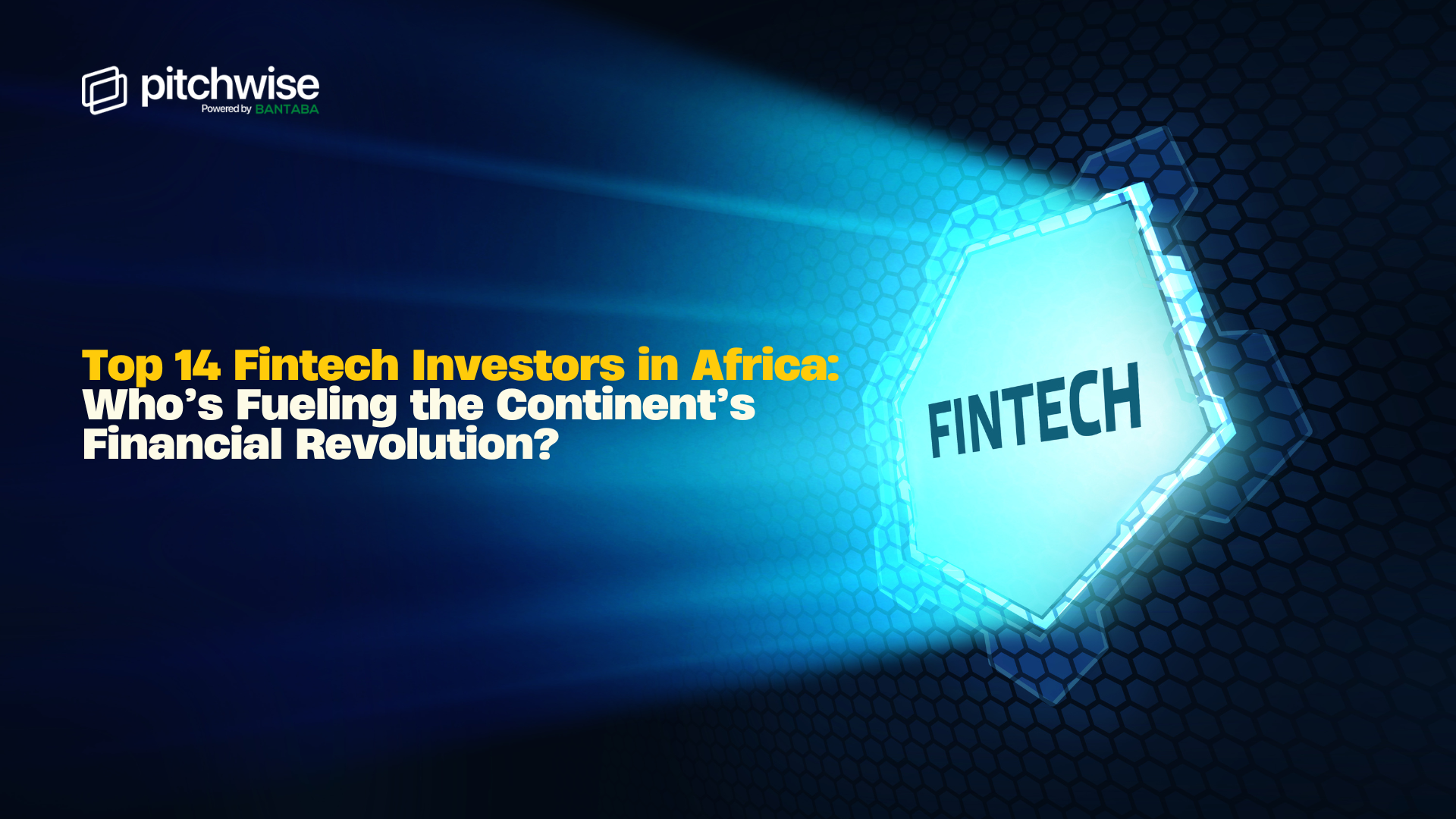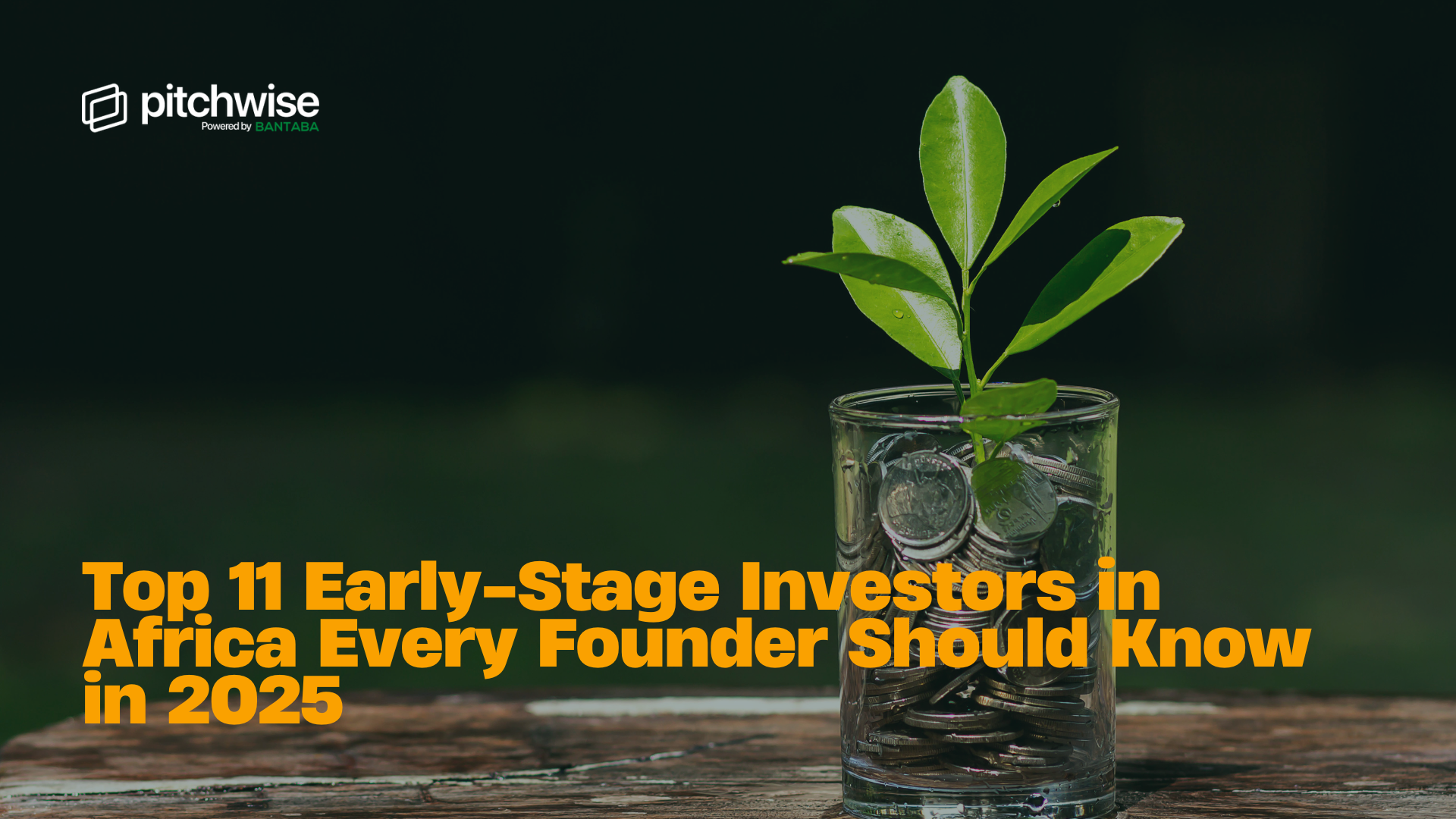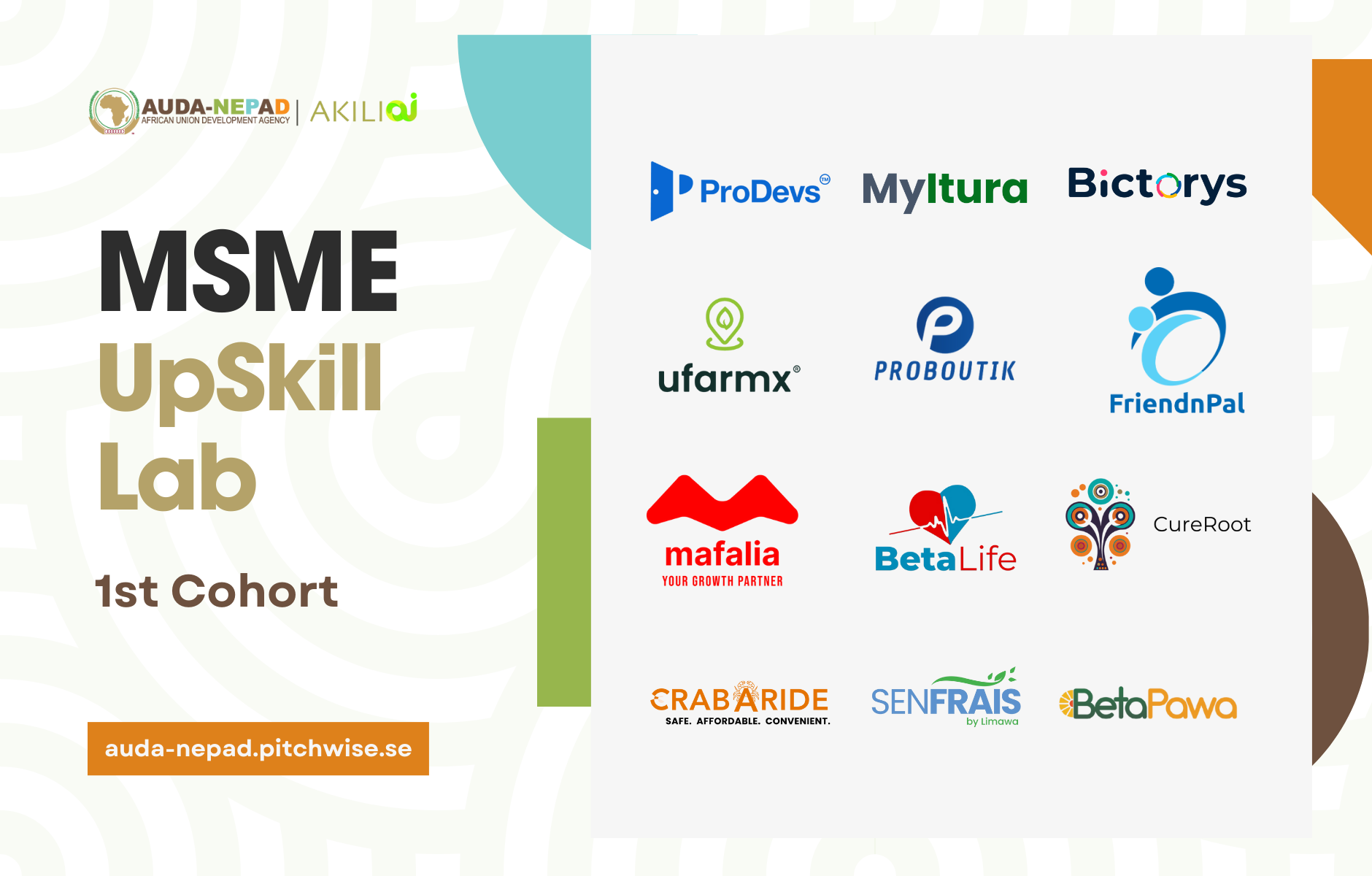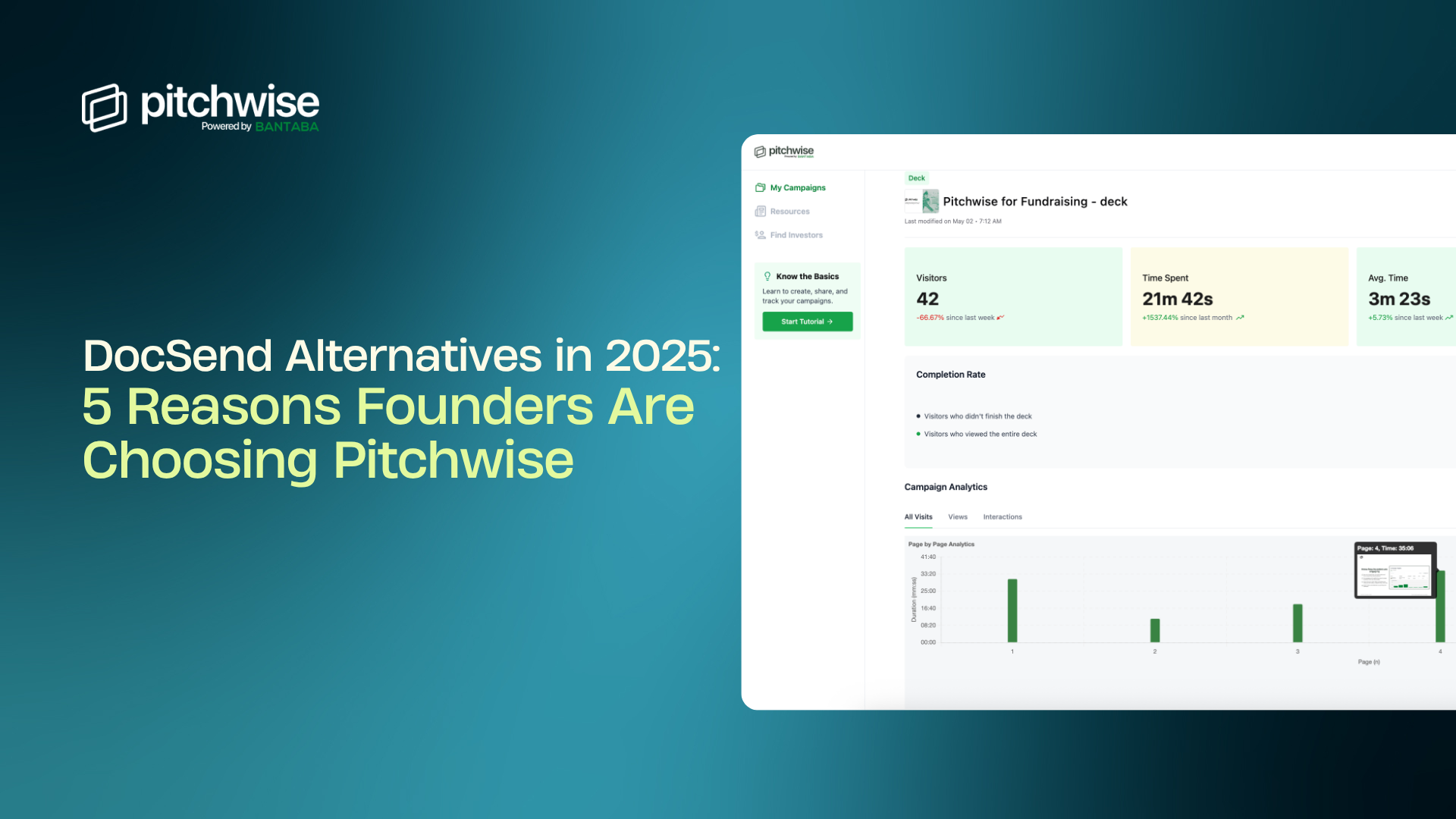Raising capital has never been just about having a good idea. In 2026, investors expect structure and transparency long before a founder walks into the first meeting. The market is leaner, diligence cycles are longer, and founders are now being evaluated not just on traction but on readiness.
“Investor readiness” has become its own skill set. It’s about how well you can communicate your business, back up your numbers, and maintain trust at every touchpoint of the fundraising process. Whether you’re raising pre-seed or Series A, here’s what readiness really looks like for 2026 and how to get there faster.
1. Clarity Beats Charisma
The days when founders could pitch on vision alone are over. Investors now expect data-backed clarity that has clear business models, measurable traction, and realistic growth assumptions. A good pitch deck doesn’t just show potential; it shows control.
Founders who can summarise their business model in two sentences, highlight three core metrics, and outline a realistic plan for the next 18 months instantly stand out. Vague projections, vanity metrics, or “we’ll capture 1% of a $1 billion market” lines are immediate red flags.
Tools like Pitchwise help you go beyond guesswork, letting you test what slides investors actually spend time on, where they hesitate, and which sections you might be overexplaining. The result: sharper decks, tighter narratives, and better follow-ups.
2. Proof of Traction (Even Before You Think You Have It)
In a slower funding climate, investors are obsessed with proof. But traction includes more than just revenue. It includes retention, engagement, and conversion. Early-stage founders can show traction by quantifying anything that proves demand: pilot sign-ups, waitlist growth, partnership letters, or even repeat usage.
What matters most in 2026 is momentum. Founders who show consistent weekly or monthly progress build investor confidence. It signals that you can execute, learn, and iterate.
Investors don’t expect perfection; they expect evidence. Keep a simple investor dashboard (Pitchwise Data Room will soon include one) where key metrics update automatically and can be shared in real time.
3. Clean Financials and Realistic Forecasts
If 2025 was the year of AI pitches, 2026 is the year of financial scrutiny. Investors now spend more time verifying assumptions than hearing projections. They’re checking not only if your numbers add up but if your logic does too.
Your financial model should connect operational levers (users, acquisition costs, retention rates) directly to growth. That means transparent CAC, clear unit economics, and a path to gross margin maturity and don’t just leave it till later.
Investors reward founders who can explain their numbers conversationally, without needing a CFO in the room. Platforms like QuickBooks AI or layered integrations in your Pitchwise Data Room can help you stay clean, audit-ready, and investor-friendly.
4. Due Diligence Starts Earlier Than You Think
VCs no longer wait for term sheets to start diligence. They’re scanning your digital footprint, founder reputation, compliance status, and document hygiene from the first email.
By the time you share a deck, you should already have your due diligence materials organised. From certificates of incorporation and IP agreements to customer testimonials and product roadmaps. This is why founders are moving from scattered Drive folders to structured investor data rooms.
With the Pitchwise Data Room, you are able to host, track, and update every document in one secure, trackable link with no need to guess who opened what or worry about version control.
5. The New Founder Mindset: Transparency as a Strategy
Readiness is not just operational; it’s psychological. Founders who communicate openly, own their risks, and proactively flag challenges are now seen as more investable. It’s a shift from “sell the dream” to “show the truth”.
When investors sense honesty, they lean in. When they sense spin, they walk away. The founders thriving in 2026 aren’t the loudest; they’re the clearest.
Startups that use analytics to learn how investors actually engage with their decks (like which slides are skipped or revisited) are rewriting how trust is built in early conversations. Pitchwise helps you turn those insights into credibility.
Final Thoughts
Investor readiness isn’t a checklist you tick once; it’s a rhythm you build into how you operate. It’s how you keep your house in order so that when capital knocks, you’re not scrambling.
2026 won’t reward founders who move fastest; it’ll reward those who move prepared. The tools exist. The playbook is changing. The question is simple: are you ready?








.png)









.png)

%20.png)







.png)















.png)

.png)



.png)
.png)


.png)
.png)



















